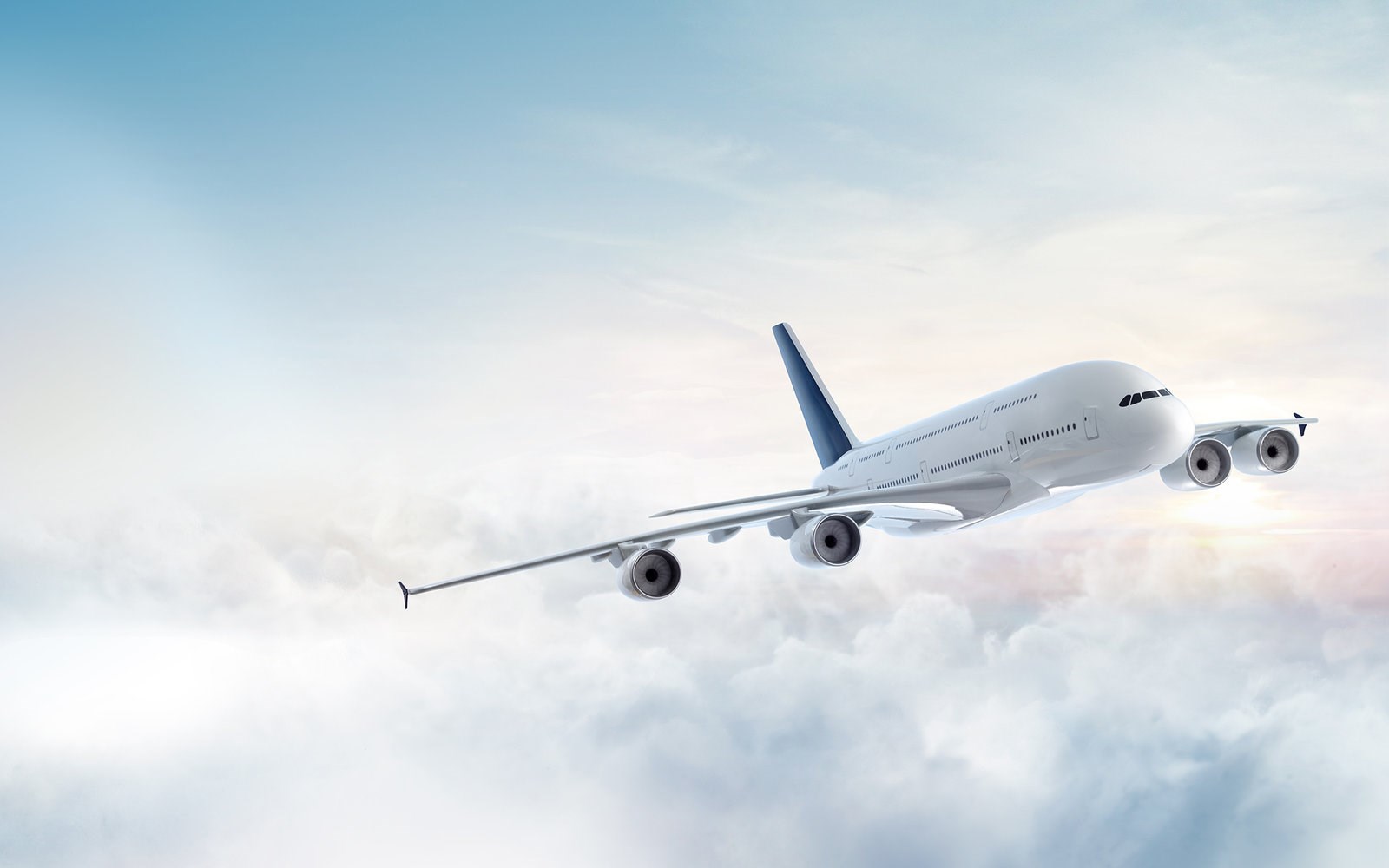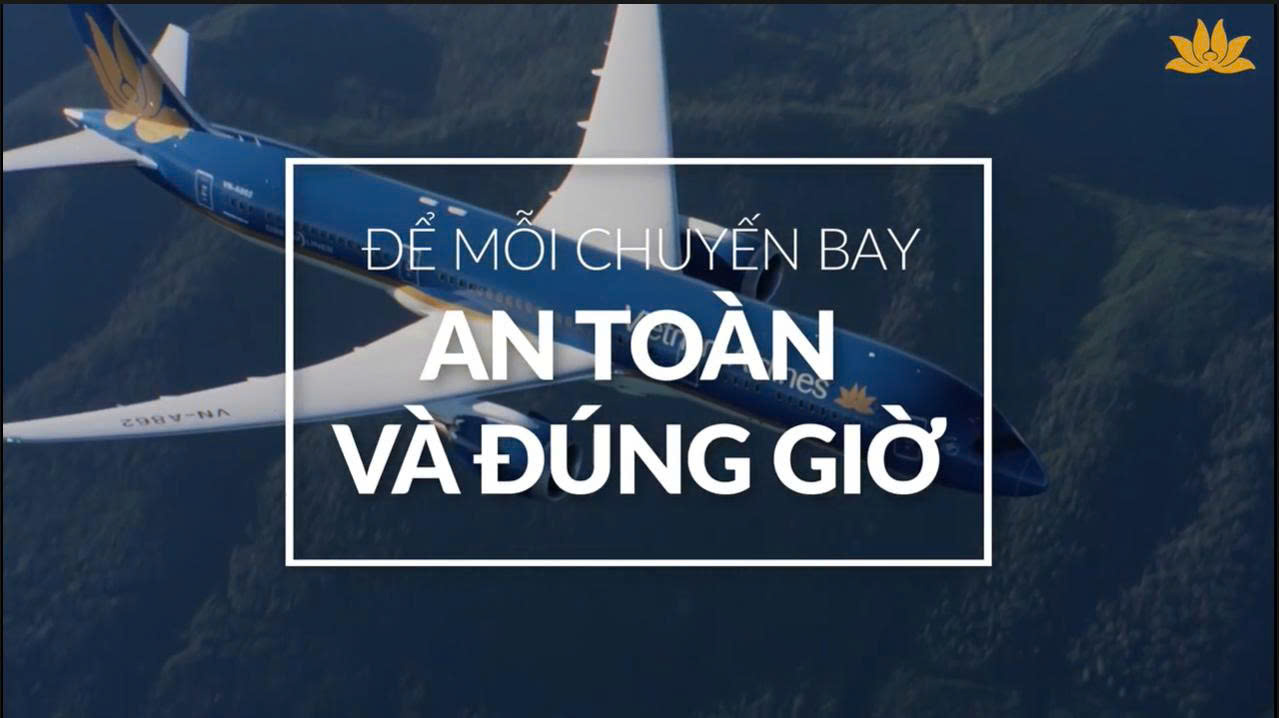Lower oil prices and solid, albeit slower, economic growth (up 3.1 globally) are extending the run of profits for the global airline industry, after profitability was squeezed by rising costs in 2018.
 It is expected that 2019 will be the tenth year of profit and the fifth consecutive year where airlines deliver a return on capital that exceeds the industry’s cost of capital, creating value for its investors.
It is expected that 2019 will be the tenth year of profit and the fifth consecutive year where airlines deliver a return on capital that exceeds the industry’s cost of capital, creating value for its investors.
“We had expected that rising costs would weaken profitability in 2019.
“But the sharp fall in oil prices and solid GDP growth projections have provided a buffer.
“So, we are cautiously optimistic that the run of solid value creation for investors will continue for at least another year.
“But there are downside risks as the economic and political environments remain volatile,” said Alexandre de Juniac, IATA director general.
GDP is forecast to expand by 3.1% in 2019 (marginally below the 3.2 per cent expansion in 2018).
This slower but still robust growth is a main driver of continued solid profitability.
There are significant downside risks to growth from trade wars and political uncertainties such as with Brexit, but the consensus view is that these factors will not offset the positive impetus from expansionary fiscal policy and growing business investment in major economies.
The 2019 industry outlook is based on an anticipated average oil price of $65 a barrel (Brent) which is lower than the $73 a barrel experienced in 2018, following the increase in US oil output and rising oil inventories.
This is welcome relief for airlines which have seen jet fuel prices fall, albeit at a slower pace owing to the impact of low-sulfur environmental measures undertaken by the marine sector that have increased demand for diesel (which competes with jet fuel for refinery capacity).
Nonetheless, jet fuel prices are expected to average $81.3 a barrel in 2019, lower than the $87.6 a barrel average for 2018.
Cre: Breaking travel news










